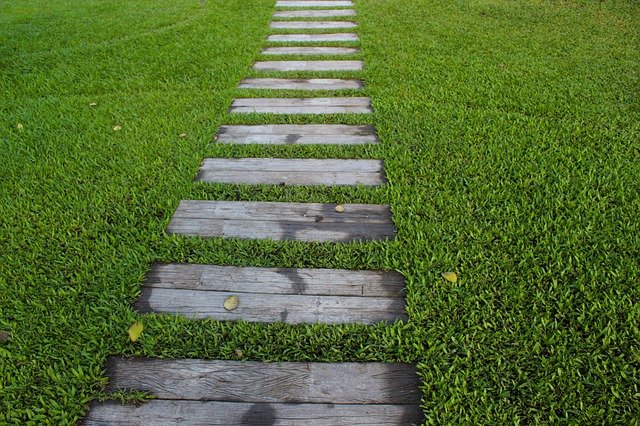
The best time to work on your backyard is generally from spring to fall, though those who live outside of snow country may be able to get in some of the heavy work in winter. As possible, split the project up to protect your budget and reduce the heavy work that can’t be done when the weather is hottest.
Find a Spot for Fire
Adding a fire pit can mean that your early spring evenings and late fall nights are still outdoor-friendly. Do your best to include a spot for folks to sit, small tables for food and beverages, and a storage tote of some sort for blankets and throws that you can leave a little smoky.
Carefully plan your firewood storage; wood stored on the ground or allowed to build up a level of mulch or bark can invite spiders and other hazards. Should you notice that your existing woodpile has worrisome critters, bring in experts such as someone who does pest control in your area. For instance, if you live in California you can search for pest control in Redding CA to address the issue before someone gets bit. There are many spider bites that can be very dangerous.
Add a Shade Structure
Historically, pergolas were a place of transition. These shady areas were used to train grapevines that would provide both shade and food. Additionally, the greenery could offer a bit of privacy and even some sound deadening in a busy yard.
If you’re not ready to grow grapes, a free-standing pergola with tall roof rafters can provide shade in the mornings and the evenings when properly sited. Consider adding pots of plants that will repel mosquitoes, including
- lavender, which bees love
- marigold, a bright and cheery annual flower
- citronella for greenery
- peppermint, which can be mixed into your tea or cocktail
to keep the space even more comfortable. Be sure to keep your peppermint contained in a pot; this plant can become invasive in the landscape.
Add Textured Concrete
Instead of flat or stamped concrete, consider adding an aggregate to your patio surface. This will reduce the risk of slipping when the concrete is wet, increase the visual interest and allow you to transition from grass to gravel path to aggregate concrete.
Increasing your options for successful transitions means that your yard can draw the eye of the viewer. Consider also adding wooden screen walls to provide a windbreak and a visual break from eyesores you can’t get rid of, such as a transition from a neighbor’s yard.
Plantings: Mix Beauty and Food
If you need shade trees, consider adding pear trees that will thrive in your growing region. For those that have children and want a play area in the yard, make sure to keep the fruit trees far from the swing set as the trees will draw bees and may draw wasps.
As the fruit ripens, check under the trees for any dropped fruit; wasps love rotten fruit and will make a home nearby if you feed them each season. Bring in the fruit, wash it up, cut away any rot and freeze individual pieces until you have a large enough batch to make pear honey.
Try Groundcover Instead of Grass
If you have a spot that is awkward to mow, consider creating a space for stepping stones and groundcover. This will take a hearty plant that can tolerate being stepped on, such as Creeping Jenny, Sedum Ternatum or Creeping Thyme. Even better, when you step on these plants, you crush the leaves and release a wonderful fragrance.
Once your ground cover is established, it should be hearty enough to crowd out weeds. The weeds that do come through will have to grow tall enough to get some sun, so they’ll be easy to pull when the soil is wet. If your soil is in poor shape, consider planting clover for a year or two to increase the nutrients in your patch of earth. Be aware that the white flowers of clover will draw bees; walk carefully in your clover to avoid a conflict.
Building a backyard that you can enjoy from early spring to late fall will take some planning and no small amount of hard labor, but once you have it done you will have a lot of flexibility. Set up an outdoor dining room so you can enjoy the fresh air with your favorite seasonal treats.


